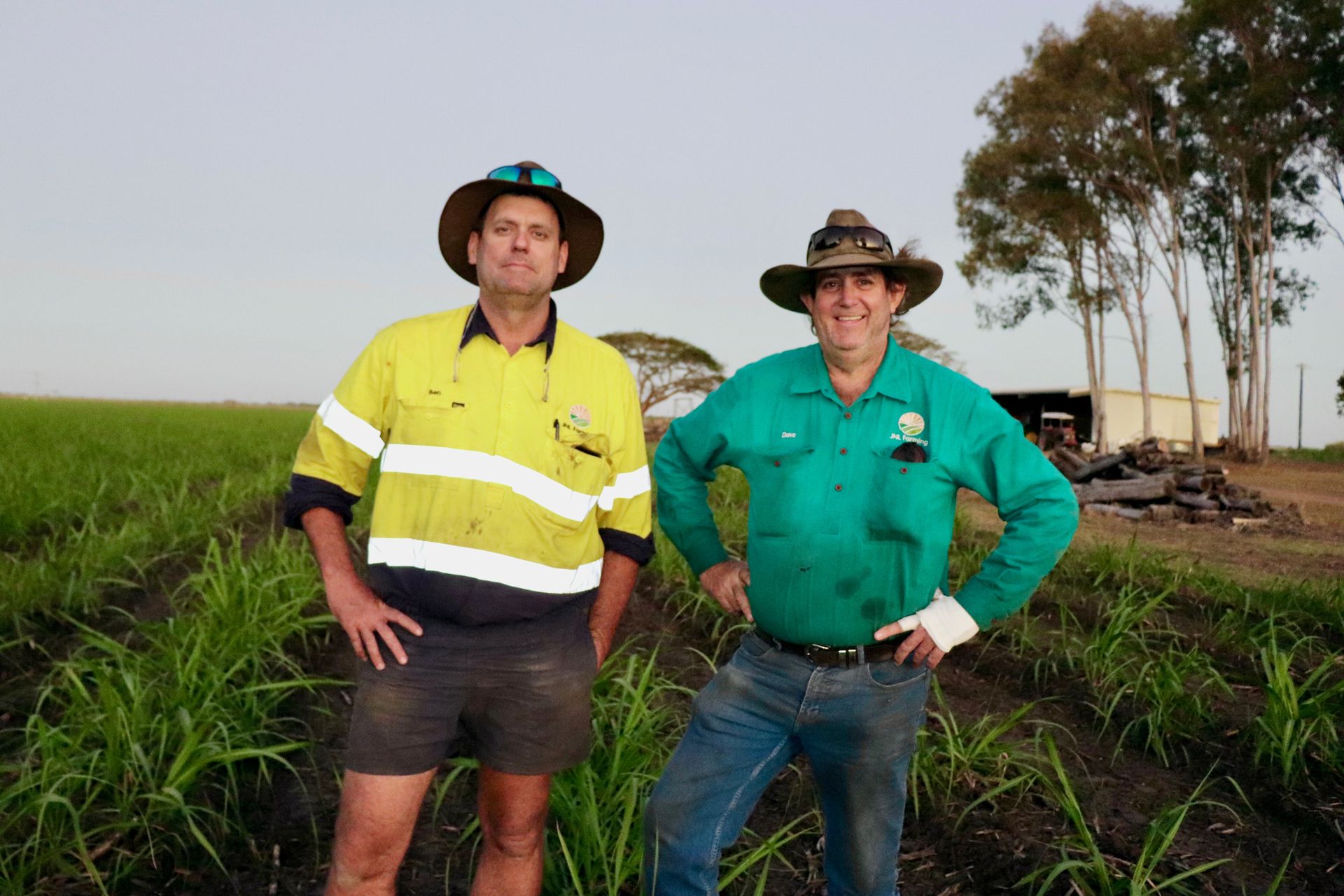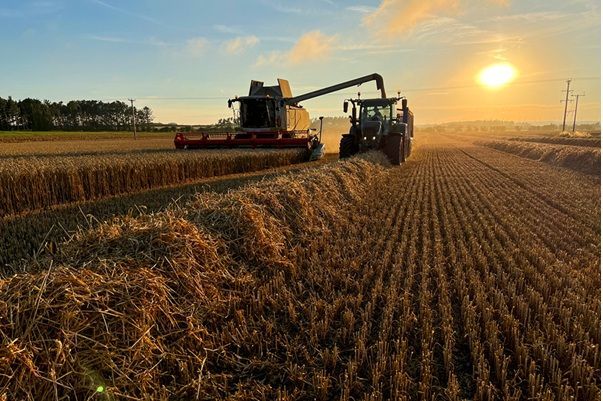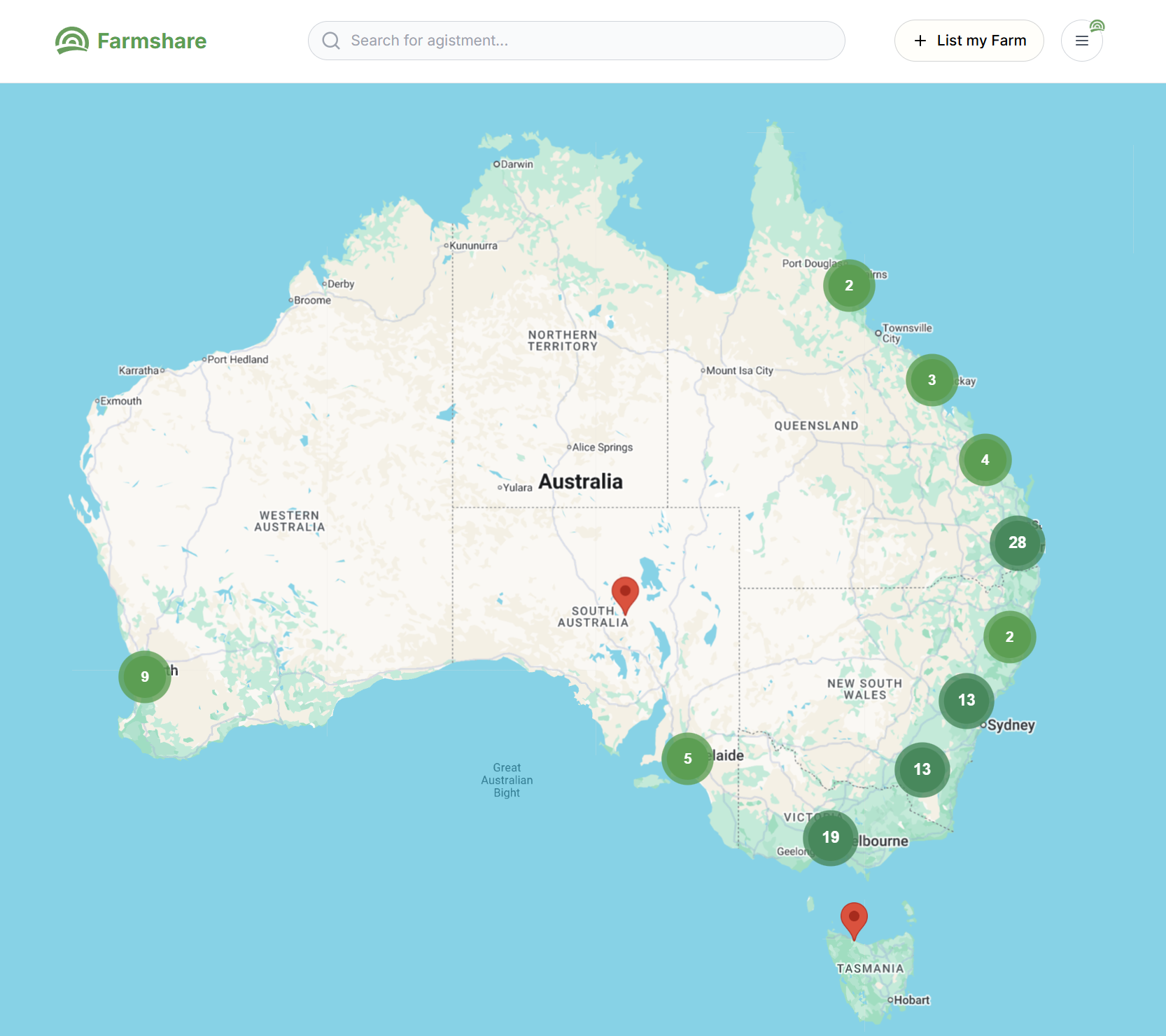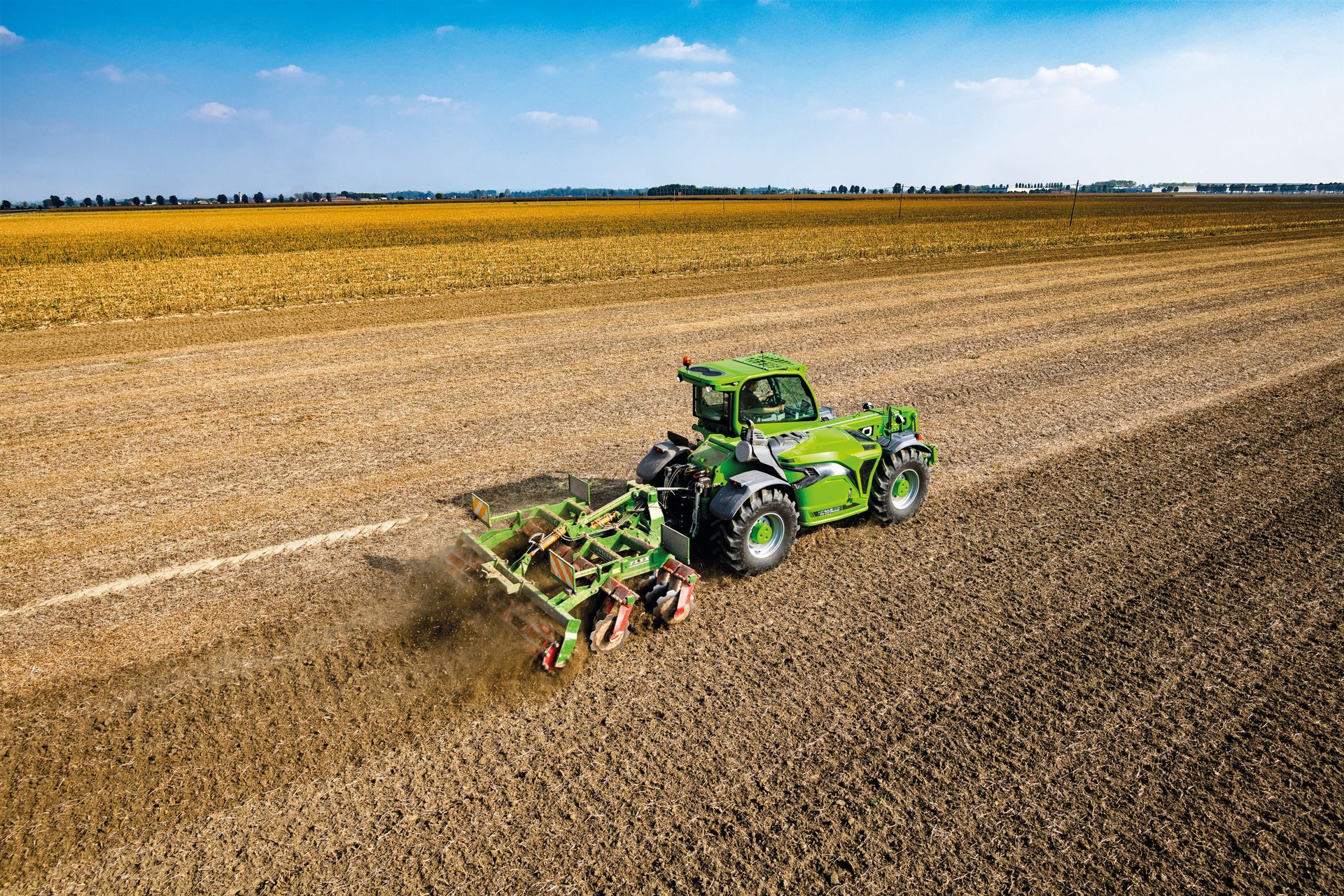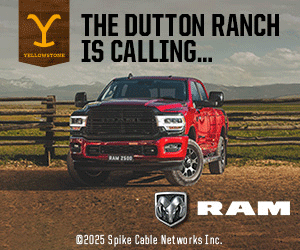1MG FlippingBooks
Australian agriculture exports to hold as supply hit: ABARES
Elizabeth Gracie
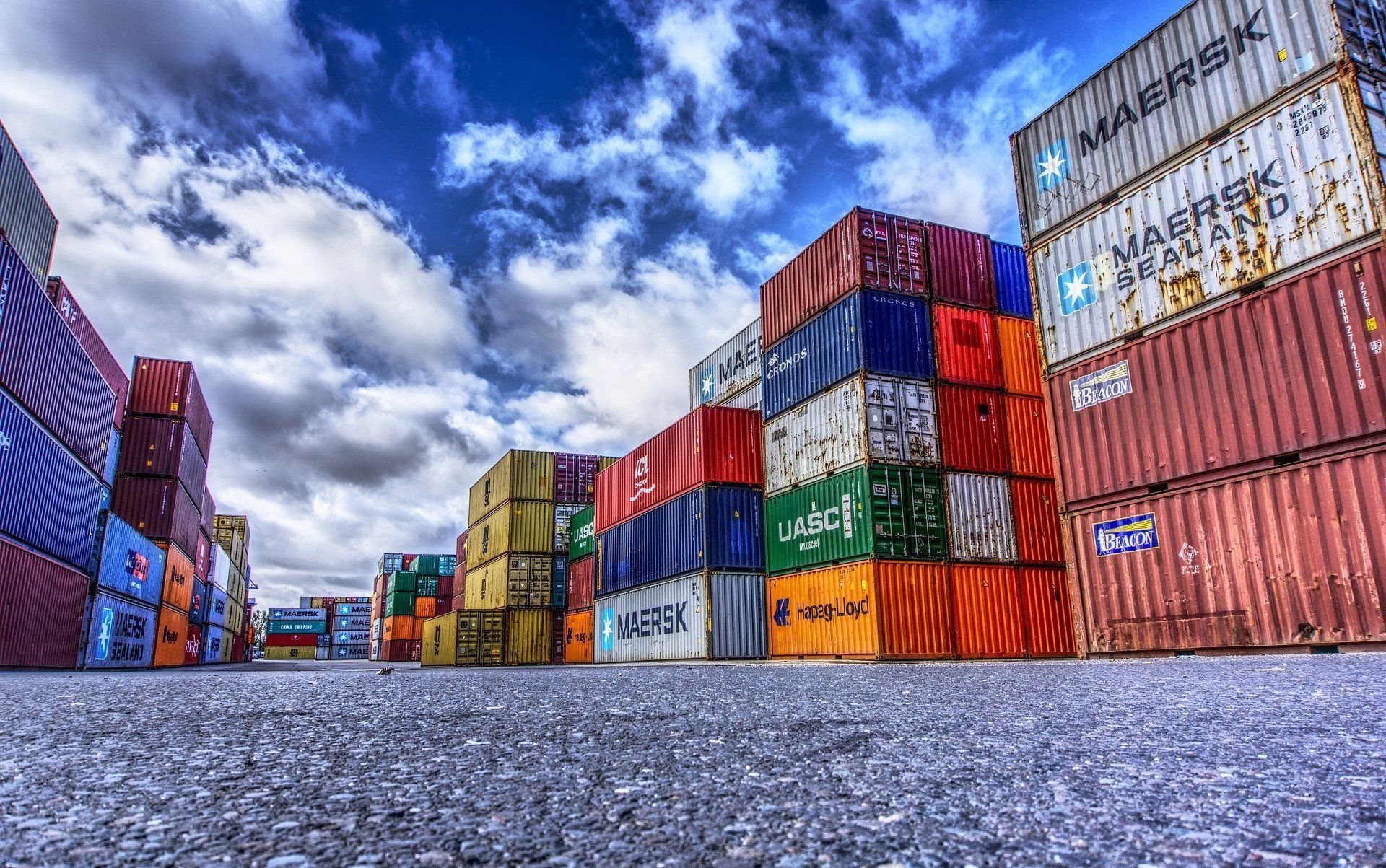
Disruptions to supply are set to hit 1.7 times harder than demand due to Covid-19, according to a new report released by The Australian Bureau of Agricultural And Resource Economics and Science (ABARES).
The “Impacts of COVID-19 on Australian Agriculture, Forestry and Fisheries Trade’ report comes in response to the uncertainty that has been created by thepandemic around agricultural trade. As global markets slow down Australian food producers face the issue of maintaining access to international markets and sourcing necessary imported inputs.
A weaker Australian dollar is also making Australian products more enticing in the global market, though disruptions to supply chains and logistics is set to create significant risk, according to ABARES.
ABARES Acting Executive Director, Peter Gooday, said that the report highlighted how the continual spread of COVID 19 would impose a significant economic impact on agricultural trade across the nation with the International Monetary Fund (IMF) currently forecasting a 3% contraction in global economic activity in 2020, worse than the 2007 - 2009 Global Financial Crisis.
However, the report does note that as food is “always an essential commodity, even during a crisis”, the key impact on global agricultural markets is likely to be lower prices rather than an extreme drop in consumption.
And whilst China has already lost an estimated $200m in seafood export earnings in 2019 - 2020, Australia’s falling exchange rate has brought with it an important economic benefit as Australian products have become more competitive in world markets.
This is currently playing out in Western Australia as the WA State Government has chosen to extend its current rock lobster season from 12 months to 18 months and increasing the quota to 9,000 tonnes, “allowing the quota to be shifted between seasons”, allowing fisheries to play catch up for exports in the 2020 - 2021 financial years.
In assessing the future of the industry, the ABARES report finds that “in the immediate future, supply chain and logistics disruptions will create the most significant risk to the sector and hence to producer incomes”.
There will also be expected second and third waves of impacts on the agricultural, forestry and fisheries sectors likely as the virus continues to spread and evolve.
As a result of this, “The Federal Government has taken a number of steps to keep agriculture producing and our food and fibre reaching export markets, significantly reducing these risks” according to Mr Gooday.
Some of these steps are already being implemented through recent changes to visa arrangements for seasonal workers to improve labour availability and help mitigate any supply distributions.
And whilst the uncertainty that has come with the terrain of a global pandemic and the spread of COVID 19 has had a significant economic impact on agricultural trade, the ABARES report notes that “the underlying medium term prospects for the sector remain strong”.
NEWS
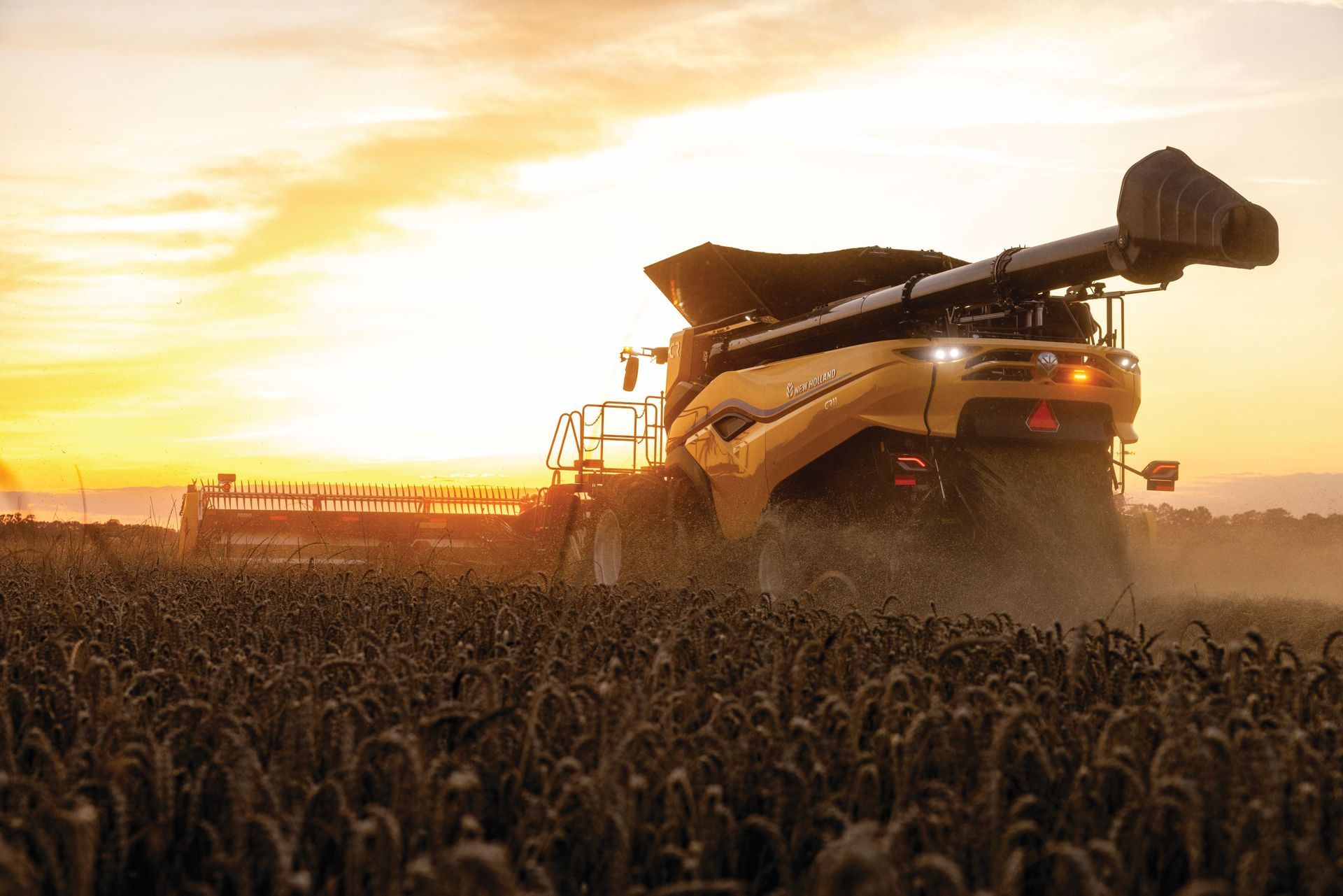
2025 marks 50 years since TR70 model launched in 1975. Since this time, New Holland has led industry innovation in combine technology with: The first self-leveling cleaning system on a rotary combine in 2002 Breaking the 8-hour wheat harvest world record in 2014 The latest CR10 and CR11 twin rotor combines entering production in 2025


